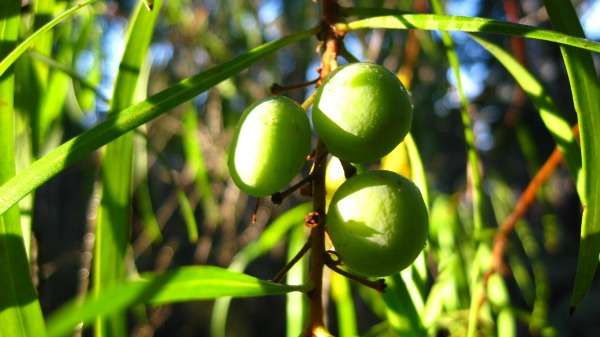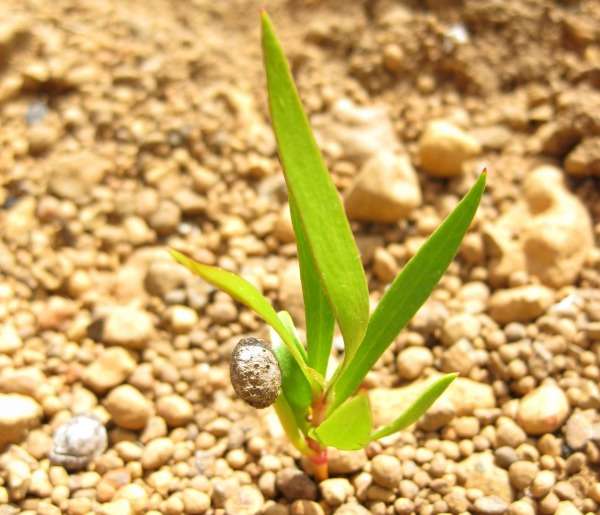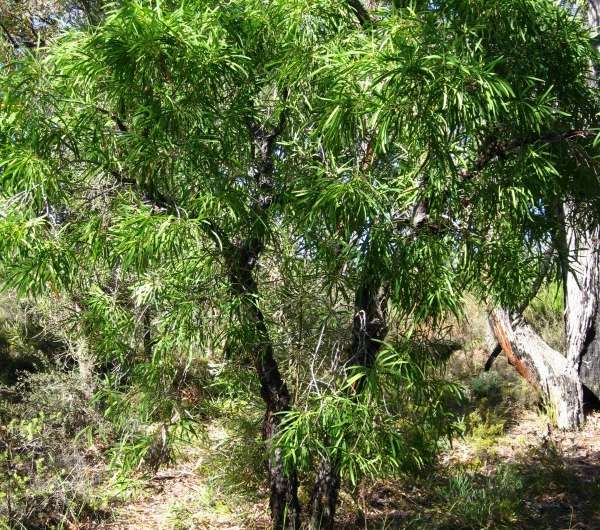Uncooperative snottygobble coughs up germination secrets

The phrase might be associated with a bad cold but a mystery surrounding WA's strangely named snottygobble tree (Persoonia longifolia R.Br.) is about to be cleared up, with a study into the plant's germination triggers entering its final stage.
The tree is found prolifically in jarrah forests in the southwest, an area known for high bauxite concentrations.
However, the plant's low germination in restored mine sites has left environmentalists baffled.
UWA PhD student Kerryn Chia has spent the past six years studying the plant's phenology, germination biology and rehabilitation performance.
The study results will be critical to ensuring that P. longifolia is retained on restored mine sites.
Ms Chia says the plant is considered a recalcitrant species because of its high dormancy qualities.
"It is very common to see almost no germination of P. longifolia on restored mine sites, despite the species being included in the seed mix and being very common in the surrounding forest," she says.
"This study will provide guidance on seed collection strategies, will give us an understanding of natural germination processes and allow production of plants for restoration activities.
"One of the findings from our trials is that environmental conditions these seeds are exposed to during the summer months are critical for dormancy loss."
Ms Chia says while results are still being collated, the plant's phenology has finally been unravelled and now documented in the Australian Journal of Botany.

She says the plant produces flowers and fruits in the summer months, but it takes many months before the fruit reaches maturity.
"What we also found was that seedling survival was less than 10 per cent, which may explain why the plant is absent from restored mine sites," she says.
Ms Chia says fire appeared to be critical to the species' long-term survival.
"Following a fire, plants re-sprout prolifically, but don't produce fruit," she says.

"Fire doesn't promote germination, but provides an environment suitable for germination to occur.
"After a fire the P. longifolia doesn't produce seeds in the first year, and even after the seed has reached the forest floor it remains dormant for another year, meaning it takes at least three years post-fire for any germination to occur."
It is believed the snottygobble tree, which has significant medicinal value to the Aboriginal community, was named for its green-yellow fruit.
The study's results will be published in coming months.
More information: "Developmental phenology of Persoonia longifolia (Proteaceae) and the impact of fire on these events" Australian Journal of Botany - dx.doi.org/10.1071/BT14315
Provided by Science Network WA



















